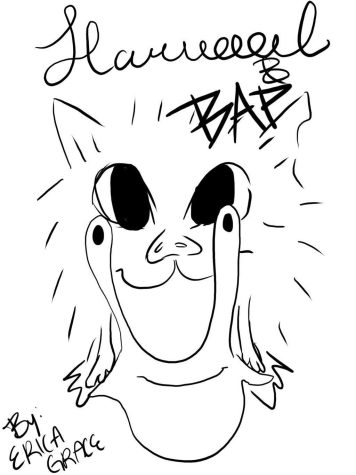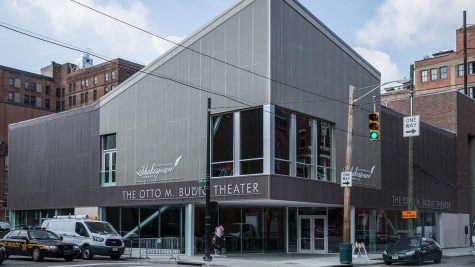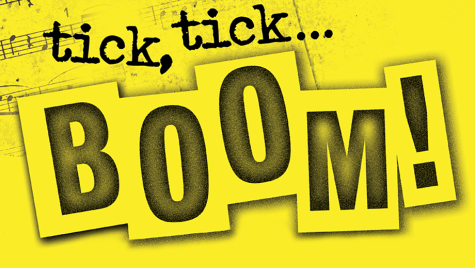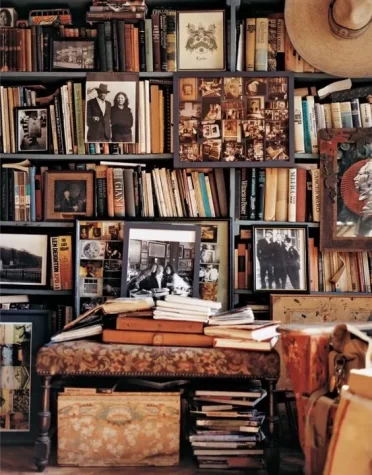Disintegration Album Review

February 24, 2023
Album: Disintegration
Artist: The Cure
Year: 1989
Disintegration is the eighth studio album from The Cure which was released in 1989. The Cure is often considered a “gothic rock” band and while some aspects of that could be true, it never sat well with front man, Robert Smith, who said, “I just play Cure music, whatever that is.”
The first of their albums, such as Seventeen Seconds, Faith, and Pornography dealt with darker topics and had a gloomier sound. A few years later with The Head on the Door and Kiss Me, Kiss Me, Kiss Me, they adopted a pop/new wave sound and started becoming commercially popular in the UK and USA.
The concept for Disintegration followed the commercial success of the past albums, as Robert Smith took the majority of the songwriting and created a series of introspective songs, effectively exposing himself emotionally and what he was going through mentally.
The first song on the album, “Plainsong,” starts with chimes for the first 20-30 seconds before an eruption of sound including drums, bass, and synthesizer are added to a cinematic intro.
Robert Smith’s vocals don’t come in until around halfway into the song and he begins comparing gloomy weather to his emotions in life.
This track feels like you are standing in the middle of a hurricane while letting the effects rain down on you; it sets up the appeal and tone for the rest of the 71 minute album to come. Next, “Pictures of You,” which was one of the biggest hits off the album, also begins with instrumentals for the first few minutes. This eight minute track does not feel any shorter or longer than it should be, even with a two minute intro.
Supposedly, Robert Smith destroyed many of his old pictures after reading The Dark Power of Ritual Pictures by Myra Poleo.
This book was conveying that an old picture is a link or bond to an old memory and you will be unable to get away from that memory unless you get rid of that picture.
Robert Smith went on to destroy many of his old pictures and regretted the decision a few days later when he was reminiscing on the pictures of his old lost love. Smith sings about all the nostalgia and the emotions that are brought back to him through these broken pictures.
“Closedown” is a short track with plenty of synth with Robert singing that he is “running out of time” which could be interpreted in a few ways.
This album was made as Robert Smith was about to turn 30 and going to get married which was unbelievable for him at the time and felt he still had more to share.
The 4th song, “Lovesong,” is a standout track because of the upbeat mood felt instantly with the guitars and keyboard. This song was written as a wedding gift to Robert Smith’s wife where he sings, “However long I stay, I will always love you.”
Although it is the most upbeat song on the album and was the biggest hit, there is still an eerie or unnatural feeling about this song and the way Robert Smith describes his love.
“Last Dance” is another track focusing on regret and nostalgia where Robert Smith digs up old feelings when seeing someone he used to love who has changed.
The 6th track, “Lullaby,” is one of my favorites and one of the most unique and abnormal songs on the album. The whole song features Robert smith whispering a “lullaby” that may make you lie awake in your bed forever.
The synths and guitars create a supernatural atmosphere in this song where Robert Smith feels “like [he’s] being eaten by a thousand million shivering furry holes.” The inspiration for this song is from scary stories Robert Smith’s father used to tell him about a spiderman that would get him at night and I think this song does a perfect job of capturing that memory and feeling sonically and lyrically.
“Fascination Street” is a song with more heavy guitar effects layered over strong drums and bass. I think there could be plenty of interpretations of this song, but what I get from it, is that Smith’s emotional attachment and interest in a relationship is fading and he wants to go down to “fascination street”.
Sonically, “Prayers for Rain” sounds like one of the most complex sounds with lots of guitars and delay effects to create an echo or empty void sound.
“Prayers for Rain” is one of my favorite songs because of the connection between the sound and lyrics and to the next song. The love that Robert Smith describes in this song has “a hold on [him] so dull it kills.”
“I suffocate, I breathe in dirt.”
Obviously this relationship is bringing him down and it is so dull that he breathes in dirt and suffocates in this relationship. Robert Smith is praying for rain to relieve him of the pain caused from the toxic and dry relationship he is describing.
The next song, “The Same Deep Water As You,” begins with rain and thunder sounds, so it can be assumed that Smith escaped the dry hole that he was stuck in.
This song is the longest on the album at over 9 minutes. This track covers similar ideas to the rest of the album with Robert Smith struggling to move on from a relationship he is leaving.
Like other songs, there are several interpretations that could be used to describe what is going on or what the lyrics mean. My interpretation is that he is reminiscing on the last moments he experienced with this person before he lets go completely.
I think the title refers to him “drowning” or struggling to stay afloat in the deep water that he has gotten himself into with this person.
The song seems to get more desperate and somber as it progresses; it is one of the slowest songs on the album which could be referring to lack of motivation or energy Smith is feeling during this time.
The final three songs fit perfectly as an emotional story that picks up from the end of “The Same Deep Water As You.”
The title track, “Disintegration” is Robert Smith crying out of his loneliness which is evident through his slicing vocals that cut right through anyone listening. If I could only hear one song from this album live, it would be this one because it is one of the most interesting sounding songs on this album with an array of effects and sounds that match the raw vocals.
“Homesick” is a song about addiction with the line, “I trembled, stuck in honey, honey cling to me,” giving the listener an image to attach to the idea of addiction. It’s like being stuck in honey and you may not want out sometimes.
The Cure’s songwriting always interests me because of the ways you can interpet it to be relatable. There isn’t one way to listen to any of these songs or any song for that matter.
The guitar and piano are the two focal instrumentals points of this track. The traditional piano played in a sad sounding tone is paired with a finger picked guitar with matching tone until the guitar transitions to a spacey guitar that sounds completely different from the piano.
After 11 songs, we have reached the final track. “Untilted” is a clever name for a song that is about Robert Smith not knowing what to say or do in certain times.
“Never quite said what I wanted to say to you. Never quite managed the words to explain to you;” the name of the song matches the meaning of the lyrics.
Even though the album is full of sad music and themes, it is still amazing music and the feeling that comes with it is unmatched.
There are plenty of albums or songs that are deemed as ‘sad’ but the story behind this album and the music itself separates this album from others.
I think the mood from this album is very unique and conveyed very effectively throughout the album with introspective lyrics and tone setting instrumentation. There is a perfect balance between the two for 72 minutes.
I would highly recommend this album and if this review didn’t convince you to listen already, then you might want to contact professional help to see if something is wrong.








